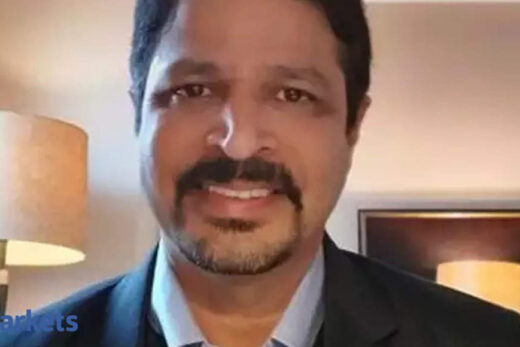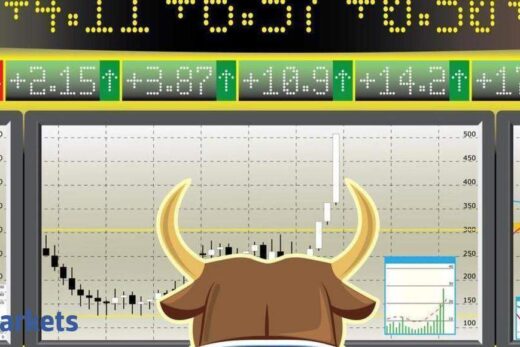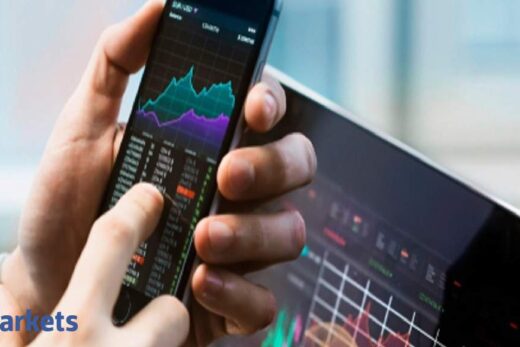This time your standalone business has done very well. What is the growth outlook and what kind of margins can one expect going forward?
We never guide on margins but yes the big saviour for the last quarter has been the domestic market. Standalone Motherson has done very well. In fact, almost all companies in India we supply to, have tried very hard to catch up with demand. There is a huge demand out there. It is just that the shortages, raw materials prices — all are challenging but in spite of that, we have done very well and our turnover is up almost about 88%.
What kind of headwinds have you faced in your international business? What is the outlook there and how much is the scope for an improvement?
We are very positive about the demand per se. It is just that certain circumstances like the semiconductor issues are improving but not at the speed which we thought they would. We ourselves felt that it would take somewhere around a year to normalise this particular issue but there are still severe challenges out there.
The car makers are on the way towards finding ways and means by which they can overcome these particular challenges, but the demand definitely is robust. There are a lot of waiting orders which are available out there so I am very confident of that. But the challenges are not yet over.
You recently raised funds as well. What exactly is the game plan here? Where do you plan to deploy or utilise the funds?
A lot of things are in the pipeline for acquisitions. Despite the pandemic, we have already announced three acquisitions and many more will follow. But the Rs 1,000 crore that we raised was basically to pay up our old debts and bring down the interest cost and also just to create enough liquidity. We could have managed without it but we thought it was a good time to borrow. It increased a little bit of liquidity in the company because of high inventories that we are carrying. That is the only reason why we took it.
Your EV order book is almost touching 15.5 billion euros and it seems that there are healthy new order additions as well. Are these new orders coming from the domestic market or overseas?
We cannot disclose what orders we are getting and from where because those are confidential news for carmakers. But generally, the EV orders are coming more and more from outside India. In three quarters, from being 22% of our order book and then 25% last quarter, this quarter EV orders are going to be 27%. So definitely there is a need for us to imagine that the pure electric vehicle numbers might go up. But one should keep in mind that the semiconductor shortage also affects EV vehicles that much more. But we are glad to see that our EV order book is getting bigger and bigger and in the future the trend will continue.
How do you foresee the commodity cost inflation impacting your margins going forward? So you expect some softness to come in the raw material costs?
While most of these things are pass-throughs, there is a lag and hat is the only thing that we have to be wary about. We are grateful to our customers for understanding that while some of the raw materials are trending down or a little bit stabilised, some raw materials and metal costs are still going up. But it is only a matter of lag. I believe that these particular things are going to become normal in the next three-six months.
Some of the OEMs are now highlighting that the semiconductor chip shortage issues are getting a little better. What is your experience? Are you getting the orders from OEMs after that production halt that one saw?
There are too many carmakers, too many truck and bike makers all around the world and it is very difficult to generalise but definitely a pinch is being felt. We feel that more and more the carmakers are trying to come to a stage where they can get maximum return for their investments on the semiconductors, but generally the situation is easing up and in the next 6-9 -12 months, we will start to see this particular problem resolved.



